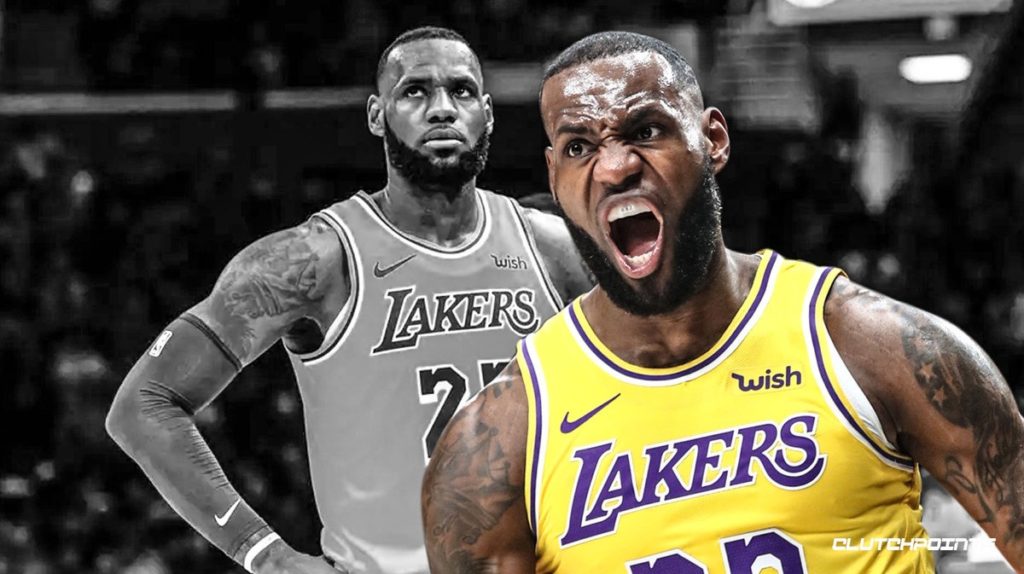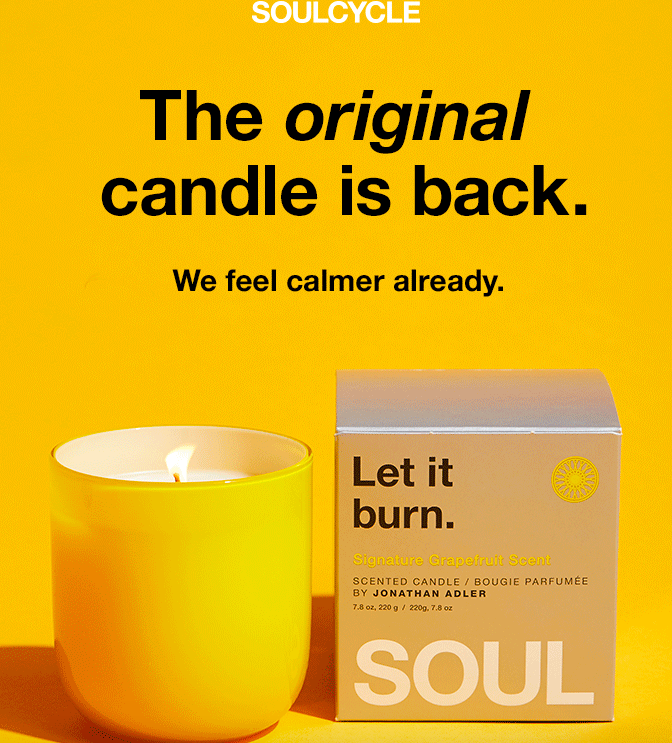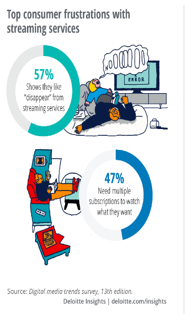Los Angeles is many things, but in recent years, one thing it is not is the hub for NBA teams to prosper. People love the Hollywood glamour that is associated with LA, making it a must-see tourist location. For a long time, one thing it lacked was proof to a claim as a basketball city. The Lakers haven’t won a championship in the past decade while the Clippers have never even won a league or conference title. The rivalry between the two teams was just not exciting enough to coin Los Angeles a basketball city. This was true until July 2018, when LeBron James officially signed a 4-year $154 million deal to become a Los Angeles Laker. This contract is much more than a shift in NBA power rankings. LeBron’s decision transformed the perception of Los Angeles all while redefining the image of the modern superstar.
LeBron James is not just a basketball player. He is not just a four-time NBA MVP, three-time NBA finals MVP, fourteen-time NBA All-Star, and two-time Olympic gold medalist. LeBron is an icon in industries that far transcend the talents required to qualify as one of the best basketball players of all time. He is more than an athlete. Today, it is almost foolish to think of LeBron as an athlete and not as a businessman. His athletic capabilities are just a lever to propel his many other ventures.

At the start of his career, it was not unreasonable to view LeBron as just a great athlete, but the moment he signed his first contract with Nike, the sense people gained of his true brand and character shifted. LeBron was drafted first overall in the 2003 NBA Draft straight from high school. Shoe companies were vying for his loyalty and he strategically signed with Nike, giving up the extra $28 million Reebok offered. This monetary sacrifice early on in his career proved his loyalty to brands he believed in. The dream of wearing the iconic swoosh overpowered the monetary gain of signing with Reebok. 2003 LeBron could not have even predicted the eventual outcome of this decision. In December 2015, LeBron signed a lifetime contract worth over $1 billion with Nike. This deal is the largest single athlete guarantee in the sports apparel company’s history. Young LeBron’s sweet and naïve faith in Nike showed his true character and proved to have a huge payoff in the end. Now, there is no end to the team of LeBron and Nike. LeBron’s athleticism led him to peak success in the apparel and shoe industry. He dominates this market that falls in the realm of basketball as Nike sells the shoes he wears on the court, but apparel and shoes are not the expertise LeBron trained for throughout his life. LeBron expands his market by expanding his fan base. Although his fans fall all over the nation, coming to Los Angeles strengthens and grows a huge market of potential Nike customers. Why wouldn’t he go to a city with a population of over 4 million? That’s a lot of potential new customers. The Lakers offered him the opportunity to be in one of the largest markets by population in the United States.
In 2012, this businessman again deliberately leveraged his talent in basketball to branch out of the NBA. Fast food brands have traditionally endorsed athletes for decades but LeBron discovered he’s better off owning a chain instead of just taking on endorsements. He rejected a $15 million commitment to McDonald’s to invest in the pizza start-up Blaze Pizza. He bought into the company at a highly discounted rate in exchange for his influence. The initial investment amount is unknown, but per contract, he received two franchise locations. He now owns 21 Blaze Pizza franchise locations. Just like his faith in Nike, this early investment in the chain pays off huge for LeBron financially. Blaze Pizza is the fastest-growing restaurant chain of all time. As of 2017, James’ investment in Blaze Pizza was reportedly worth at least $40 million. As LeBron simply puts it, “Who doesn’t like pizza?” The tactical decision to branch out of the norm, in this case extending far past just signing an endorsement deal, proves LeBron is not the traditional athlete. Although these decisions are backed by a team of strategists, LeBron is the ultimate decision-maker and therefore the one to claim the credit. This start-up, based in Southern California, utilizes his fame and influence to develop campaigns around LeBron’s friendly and personable character. His presence in Los Angeles allows the company to utilize his persona more strategically because he is now regularly present in the company’s city of operations. When needed for a commercial shoot, it is now likelier LeBron will already be in Los Angeles. A new challenge Blaze Pizza faces in LeBron’s schedule is that because he is now in the central city of entertainment, it is inevitable his superstar image branches from just NBA All-Star and strategic businessman to Hollywood actor.
LeBron’s move to Los Angeles changes the trajectory of his career in the spotlight. Even though he may one day out-age professional basketball, he will never be too old to act. We will see LeBron James on our TV screens far beyond his NBA career. On July 16, 2021, we’ll see LeBron James and the Looney Tunes defeating a team of Monstars on the big screen. LeBron is set to play the starring role in the upcoming live action/animation movie “Space Jam 2.” The film is shooting in Los Angeles soon. What a convenient coincidence for LeBron. The talks of this movie began in 2015, so it is safe to assume LeBron knew moving to Los Angeles would make a lead role in a movie a more doable task if he was already playing in the city the movie is shot in. LeBron’s talent in basketball allowed him to trust that he would receive an offer from the Lakers to pursue a career path very different but in tandem to his current one. Now familiar with his smart and risk-taking business decisions, it seems reasonable that he would choose to leave his hometown team for the potential of Hollywood stardom. “Space Jam 2” will not be the first time we see LeBron’s untrained acting skills. He played himself in the movie “Trainwreck,” starring Bill Hader and Amy Schumer. This movie was released in 2015 before he decided to join the Lakers. Maybe it was a test run for LeBron. Maybe he was gauging whether Hollywood is a reasonable pursuit for his skills. If that’s the case, he clearly saw the potential benefits. LeBron can now indisputably claim he is an actor, but he has entered the entertainment industry in more ways than just one.
“I am more than an athlete” is a phrase he and Maverick Carter, LeBron’s longtime friend and business partner, coined and have implemented into a content-led athlete empowerment brand and media group called Uninterrupted. The group produces documentaries, podcasts and a multitude of short series to expose the real lives of athletes. An iconic moment that Uninterrupted documented was Mayor Gavin Newsom, the California mayor, signed a first-in-the-nation bill that allows college athletes to sign endorsement deals. This finally allows college athletes to see a monetary return for their talents. Uninterrupted has taken over a previously non-infiltrated industry. A media group that exclusively works to show the truest identity of athletes we know and love succeeds because LeBron and Mav Carter’s reputation encourages the development of historic moments on their platform. It is transforming the world of sports by working with athletes to tell unique stories, ultimately humanizing people we perceive as heroes. Uninterrupted is a name many young LeBron fans are familiar with because it has strategically garnered huge success via social media. Uninterrupted offices, as well as production, are conveniently located in Los Angeles, allowing LeBron to be more present in the content-led platform. He is no longer just the hidden figure behind it, but now an active member in the content. LeBron’s name attached to the brand is enough to produce success, but his regular appearances will just allow it to dominate even more in the very niche portion of the entertainment industry Uninterrupted has entered.
This is just the start of LeBron’s long-lasting presence and career. It is impossible to determine where these ambitious ventures will take him one day. All that is a guarantee is that no one will forget his name anytime soon. It is seemingly a consensus that if LeBron wants to surpass Michael Jordan as the greatest player of all time, James needs to win more rings. His judgment in choosing an NBA team based on business or personal motives, and not championship capabilities, proves he prioritizes the development of his career outside of the NBA and not the title of the greatest player of all time. We must redefine the word player to encompass LeBron’s plays in industries outside of basketball. Even without the additional championship rings, LeBron is undeniably one of the greatest athletes of all time because he is a dominant player in every industry he has entered. Even though the decision to move to LA was made for his selfish desire to succeed in a variety of industries, LeBron fans all over the country reap the benefits. LeBron is continuing to prove he is a superstar and of course, sees huge monetary benefits. He persistently builds his hero persona. He not only defines what a great basketball player looks like but also establishes the variety of talents that determine the image of a name not worth forgetting. LeBron prevails in all industries he penetrates and has given LA a valid claim to a title as a basketball city. Los Angeles is LeBron James’ city, and I just feel lucky enough to be living in it.
Sources:
https://www.nbcsports.com/washington/wizards/lebron-james-signs-4-year-deal-los-angeles-lakers
https://www.si.com/nba/2016/05/17/lebron-james-nike-deal-contract-one-billion

